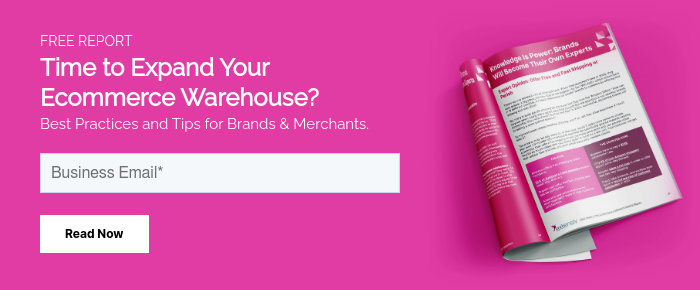As an e-commerce seller, a large part of your business centers around marketing to ensure that people know about your products so that they can buy them if they want to.
But, while it's important to consistently bring new consumers into your sales funnel, it's equally important to pay attention to them after they make a purchase. Why? Repeat sales can prove to be more valuable than new customers, simply because you have to invest less in each recurring purchase, meaning that your return on investment goes up each time they make another purchase.
If a customer has an initial good experience with your brand, the large part of your initial marketing, which involves convincing the customer that you are worth making a purchase from, is no longer a consideration. All you have to do is remind them that you are there and that you still have products they need.
In fact, Harvard Business Review showed that increasing consumer loyalty by just 5% can increase profits between 25 and 98% depending on the business and how much you spend on advertisement. Because e-commerce stores pay anywhere from 20-40% more per new customer than brick and mortar retailers, increasing customer loyalty should be a primary concern.
What is CLV?

CLV or Customer Lifetime Value is the metric that you have to measure in order to promote repeat sales. It's also important because it affects your short term and long term costs. You can think of CLV as a metric that measures how much a customer will spend for the lifetime of their relationship with your business.
How does this work? A customer who spends an average of $80 per visit to your store but only visits once is significantly less valuable than a customer who spends $50 every time they visit your store, but visits twice a year, for the next three years. While the later consumer will likely cost more to acquire, and will require some low-cost maintenance in terms of customer support, help, and email or social marketing the cost of producing each sale drops with each recurring purchase. So, a customer who spends $300 over 3 years ultimately earns you more money than a customer who spends $80 once, because you spend less on each new sale. This is known as acquired revenue.
Customer retention costs less than customer acquisition, and with multiple studies showing that repeat customers are easier to sell to, customer retention also creates a higher chance of ROI. Gartner even goes so far as to suggest that 65% of sales come from existing customers
John Wiley and Sons also estimate that you can reduce marketing costs as much as 90% when focusing on CLV rather than on bring new customers into your sales funnel.
How to Boost Your CLV
What's the most important factor when you make a purchase? If you're like most customers, you'd probably say a good experience. And, a good experience is buying a great product at a great price, getting it quickly and in good condition, getting help if you need it, being able to return your item easily if you need to, and being treated respectfully and politely throughout the entire process.
Consumers are concerned with price, value, quality, reliability, delivery times, customer service, brand values, and brand. If you can meet those needs, and meet or exceed consumer expectations on their first order, you can create brand loyalty. And, brand loyalty is the driving force behind repeat sales. While Econsultancy's Cross Channel Marketing Report 2013, shows that nearly 25% of businesses don't care about customer retention, you should definitely be in the 70% that do.
Great Company Branding
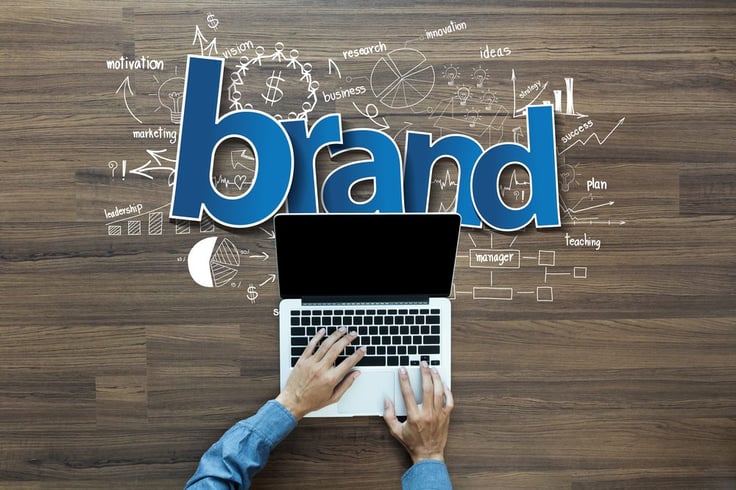
Online shoppers are concerned about your brand, your consistency, your quality, your manufacturing, whether or not you are eco-friendly, your shipping methods, and even your habits. Modern shoppers are socially conscious, and 84% list the social actions of companies as one of the primary reasons that they choose not to shop there.
For example, Abercrombie & Fitch lost more than 30% in profits, after their CEO created controversy that failed to align with their consumer demographics' beliefs. Your company should have a brand and a persona that is socially conscious, manages reputation, handles complaints and issues quickly and professionally, and is communicative. If a consumer aligns with your beliefs, they are much more likely to make another purchase.
Quality Customer Support
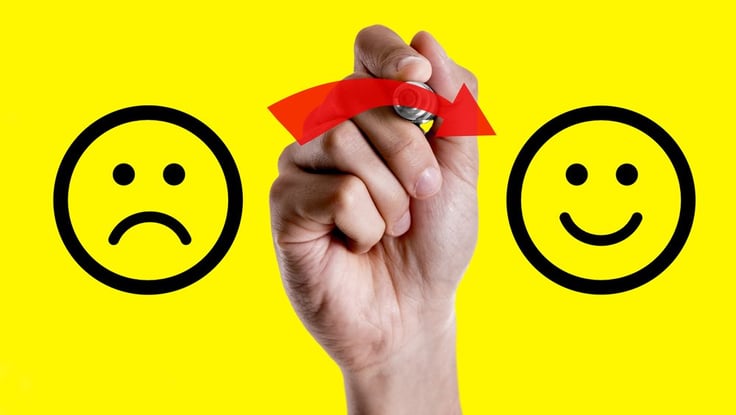
Lee Resources International suggests that only 4% of customers will ever let you know that they are unhappy. Another 91% will never return, but also won't ever tell you where you went wrong. Modern technology offers fast, efficient customer service, so it is important that you utilize live chat software and phone lines to offer support.
You also have to train your customer service representatives to be professional, to offer quality support, and to listen to what consumers want and need before offering a solution. A study by Bond Brand Loyalty's shows that poor customer service can deter up to 35% of customers from shopping with you again, even if they liked the product. And responsiveness is equally as crucial. 34% of ZenDesk customers ranked responsive customer service, where they get answers quickly, as very important.
Handling complaints correctly means being professional, listening to what the consumer has to say, asking them what they want as a solution, and then following through. You also want to follow up after they've filed a complaint to make sure that everything has been solved to the customer’s satisfaction. And, in the world of customer service, small things help a lot.
Zappos used metrics to find that customers who buy more products return more products, but eventually spend more money. Their generous return policy includes a 365-day return period and shoppers who purchase items online get a free return shipping sticker. As a result, Zappos has almost no complaints about items, while stores like Forever 21 have complaints and 1 star reviews all over the web when consumers received products they weren't happy with and couldn't return them.
How should you offer customer support? Phone, email, and live chat support are the most popular options. One study by Forrester shows that 78% of consumers will check for FAQ pages before asking a question, 58% will try online chat or social media (and expect a reply within 4 hours) before another method, and the remaining prefer either email support or phone calls.
Use FAQs & Help Pages

Most customers want help but they don't necessarily want to talk to someone. Therefore, it is in your best interest to provide as much information as is possible on your website and pages. A FAQ and a help page with all of your frequently asked questions will make your consumers happier, and it eases the burden on your customer support.
What else qualifies as helpful? Product demonstration videos, easy access to manuals and how-to's on your website, and other tips that are relevant to your products. Ask yourself what you would want to know about your products, discuss the most frequently asked questions with your customer service team, and try to predict helpful information that you can offer.
Remarketing
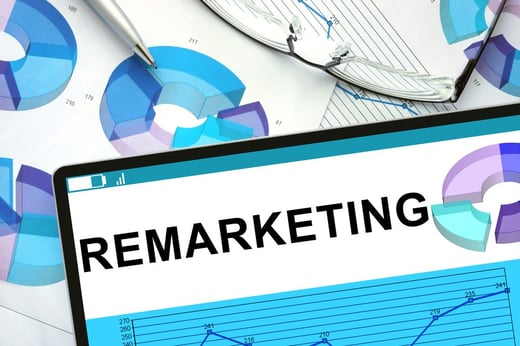
Remarketing is the process of sending an offer or sale to a consumer after they've made a purchase. This is usually achieved through email, but also works with targeted ads and with social media. Remarketing allows you to remind consumers that you are there, offer them an incentive to make another purchase, and ensure that they don't forget about your brand.
In some cases, this is relatively easy. For example, if your consumer purchased vacuum cleaner bags, you can simply email them after 6 months asking if they are ready to replace the bags. This type of hyper targeted remarketing is extremely successful, but only works with certain types of products. However, there is a catch. You have to get the consumer's permission in order to email them.
Follow Up – After shipping an order, asking consumers about their experience in a follow up email can be beneficial. Most e-commerce retailers tailor this into a request for a product review, with a message at the bottom stating that if they are not happy with their purchase, customer service can offer them a refund or a replacement as necessary. If they complain, it is crucial that you follow up and make sure they are happy.
Email Remarketing – If you can induce consumers to sign up for newsletters and email updates, email remarketing can be extremely effective for driving more sales. However, it is important that you do not aggressively market, and that you remember that most customers won't be willing to make another purchase for 3-6 months after their first. In fashion retail, this cycle can move more quickly, but the average shopper doesn't want to buy from you constantly. Here you can offer relevant information about sales, discounts, new products, reminders for products that run out or wear out, and even helpful information and tips depending on your e-commerce niche.
Reliable Packaging & Distribution
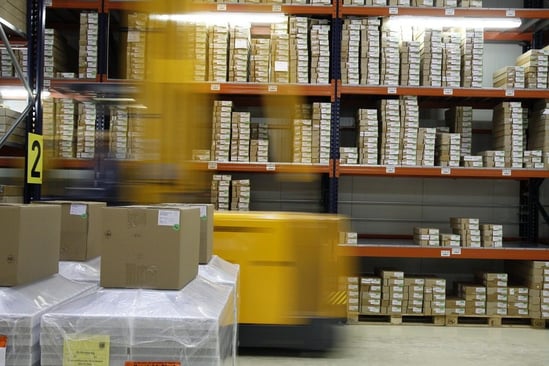
Packaging and distribution affect a large part of the customer experience in e-commerce. While some companies are content to simply cram their products in a box or bag and ship it off with the cheapest method possible, this isn't great for creating a quality customer experience. The largest concern for e-commerce shoppers other than quality and value is, of course, shipping cost and time.
Free or Low Cost Shipping – In a study by UPS Pulse, 83% of customers said that they are willing to wait an additional 2 days for shipping if it means free shipping, 50% choose the slowest transit time available if it is free, 58% add more items to qualify for free shipping, 47% search online for a free shipping code, and 31% are willing to delay shopping or look elsewhere if someone else offers a better deal on shipping. Shipping costs are also one of the highest reasons for shopping cart abandonment. In one study, 44% of shopping cart abandonment was because of high shipping costs.
Quality Packaging – Look for lightweight, cost effective packaging that protects your product, without adding too much to shipping costs. Packaging affects 10-20% of your distribution costs, but it also affects your brand. Taking the time to brand the exterior of packages, taking care with packing, and using fun or luxury packaging like printed tissue paper can increase the premium feel of opening your delivery, and make the consumer that much happier with their purchase.
Fast Delivery – Most consumers don't want to wait more than 7 days for shipping. UPS Pulse found that most consumers are only willing to wait 5-7 days for an item, and 50% abandoned their shopping cart if the delivery time was longer or was not listed. This means that your job should be to get products to consumers as quickly and as efficiently as possible without raising costs. And for most, that means increasing the speed of warehouse processing, to ensure that products are put into the mail more quickly.
Returns – 52% of consumers want to see a return label right in the box, and another 68% say that a free return policy is key to a great experience. By absorbing these small costs, you can increase your customer retention, and therefore make more sales.
In-Box Remarketing – The space inside of a package is valuable to you as a business because you can use it for marketing. In addition to including branded information, you can include coupons or discounts to encourage a second purchase, a loyalty program opt-in, an incentive to share on social media or other distributed ecommerce platform, a review request, or almost anything else you want. Branded QR Codes with logo are also being increasingly used to promote repeat sales and as an effective form of post-purchase customer engagement. Your in-box remarketing can be highly effective as well as very affordable, because all you have to do is print.
Go Above and Beyond – Aim to consistently exceed your consumer's expectations. Even if you just throw in a small free sample of another product, aim to add something that says "you're special" into every package. In some cases, that could be free shipping and great packaging, in others it could be a small discount as a "thank you" for purchasing, and in others, it could be access to free information about their product. By exceeding customer expectations, you create a positive and memorable experience.
Tools & Software to Get You Started
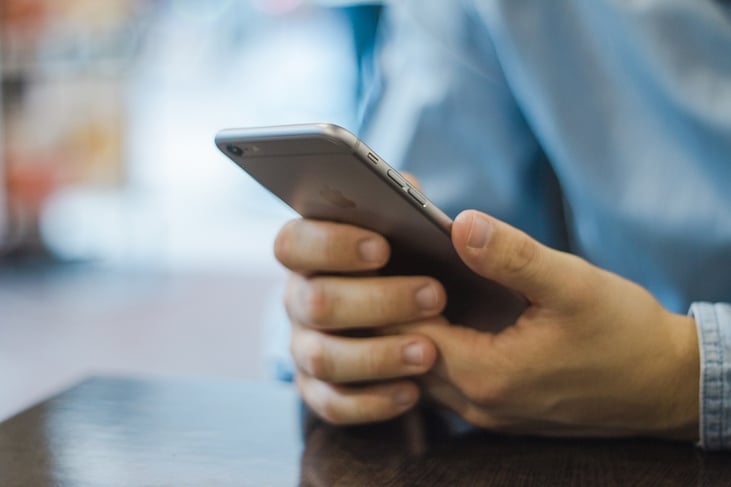
The tools you use to provide shipping, fulfilment, and customer support matter a great deal.
Analytics – While you should be using a minimum of Google (or Bing) analytics to track actions, visits, and other information on your pages, you should likely also be using integrated e-commerce analytics to directly track specific items like shopping cart abandonment. This will allow you to see which customers are likely to make a purchase, why customers don't, and will allow you to follow through and contact customers who do buy from you.
3PL – Integrating a third party logistics service into your shipping and distribution can help you to cut costs. A 3PL will handle shipping and warehousing, will ship your product to their warehouse nearest to the destination address before putting it in the mail, and will typically take advantage of a lower bulk-postage rate offered by USPS or UPS.
Inventory Management – Your warehouse management should integrate data analytics, shopping cart integration, integration with your shipping solutions provider, and offer cross channel inventory management. Quality inventory management is crucial to processing orders quickly, taking returns, and shipping quickly.
Customer Support – While there is no one right way to offer customer support, you should integrate a toll-free phone number, social media, and email at the very least. Other popular services include the SalesForce Service Cloud, Desk.com, FreshDesk, and ZenDesk, which offer all-in-one solutions including ticketing for returns.
Encouraging repeat business after making a first sale can greatly increase your profitability across all of your sales channels. According to the Chartered Institute of Marketing, it costs 4 to 10 times less to keep a customer than to acquire a new one, and that customer is up to 40% more likely to make a purchase. By ensuring that you offer a quality experience, taking steps to make the customer happy, and following up on complaints and on purchases, you can help to ensure that more customers come back for that second purchase.
